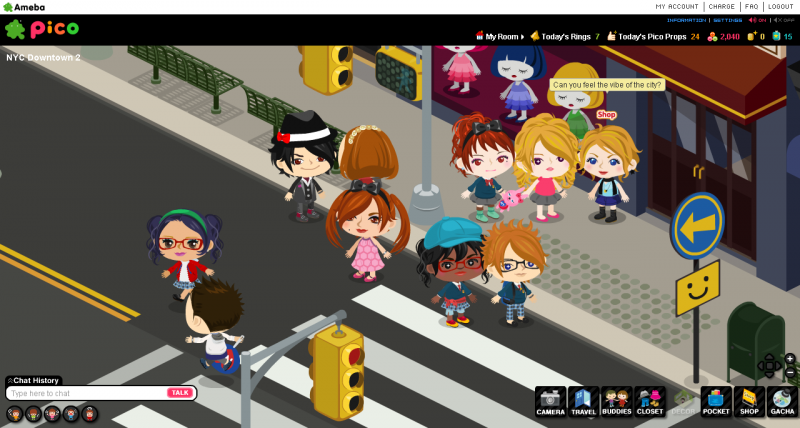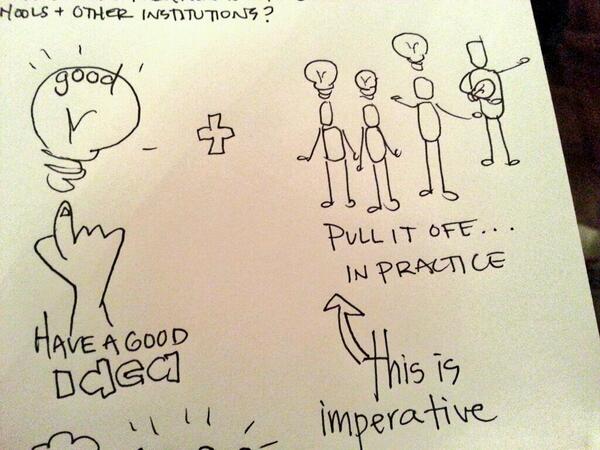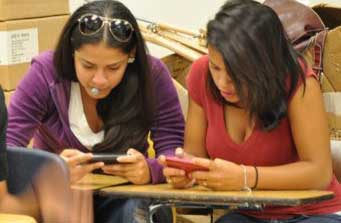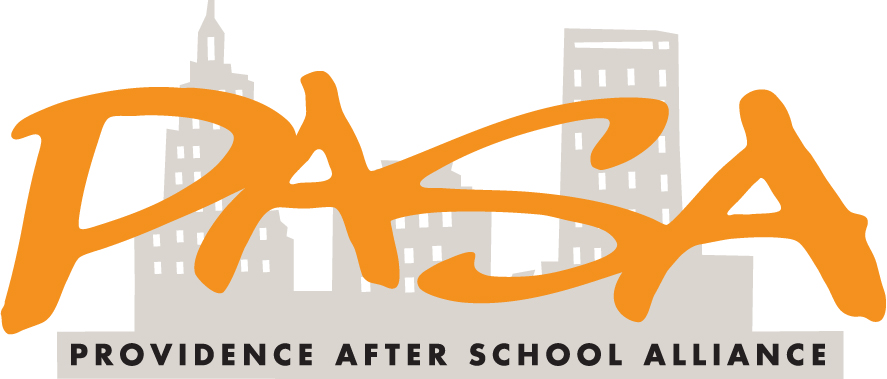
By Michael Braithwaite, Director of Communications
posted 3.13.14

When I was in high school *way* back in the ’90s, I joined my first Internet chat room populated by fans of one of my favorite bands at the time. The Internet was still in its infancy compared to the cornerstone of life that it’s become, but I still felt a sense of awe at the seemingly endless possibilities for connection and discovery it presented even then.
In the nearly 20 years since (cringe), digital spaces and tools have exploded both in their number and sophistication. No longer seen as a realm of hobby and idle interest exploration, digital affinity spaces, social media sites, and gaming sites are more frequently being looked to as critical learning and identity formation spaces (you can Tweet that).
That was the forward thinking philosophy behind the Digital Media and Learning (DML) community convening in Boston last week.
For 3 energy-filled days, the MacArthur and Mozilla Foundations brought together techies, inventors, youth development and expanded learning organizations, youth, funders, ethnographers, sociologists, and researchers of all stripes to dig into how we can tap our collective knowledge and penchant for innovation to transform the learning landscape for young people using emerging technologies and existing digital resources.
DML 2014 was a lively event, to say the least. Presentations ranged from discussions about how to get young people more involved in the co-design of digitial learning strategies, to a 5-minute rhyming poem/Ignite Talk about going to scale (“If the whale don’t scale, it’s a planetary fail”) courtesy of Michael Edsen from the Smithsonian Institution.
Though the convening featured a diversity of ideas and projects from around the world, a few common themes ran throughout:
1. The “So What” Factor
The DML 2014 hashtag was consistently alive with discussions about the importance of youth voice and input. Namely, just because adults or educators think that they’ve found the latest and greatest digital learning tool, that doesn’t mean that youth and learners will adopt it or even see it as useful to their particular needs. If your “customer” is a young learner, involving them in the design and choice process is critical to ensuring they adopt the tool. This point came up again and again during panel discussions and the conversation with MacArthur’s Connie Yowell and the Gates Foundation’s Carina Wong.
2. Do I Know You?

Because tech access at schools and community centers is often governed by adult fears about how young people would use online spaces and tools, multiple researchers made it their business to get to the bottom of the bias. Contrary to adult paranoia, study after study revealed that young people’s digital spaces aren’t immune to real life—youth of all ages take their digital cues from their real life relationships and social rules. Whether they were tweens or teens, young people took it upon themselves to steer clear of strangers and spaces they perceived as potential threats to their emotional or physical safety. They repeatedly stated that if they didn’t know someone in real life, they didn’t want to know them online. Further, issues of online privacy was of deep concern to both middle and high school students.
3. There Goes the Cart. Where’s the Horse?

DML 2014 was filled with innovators and doers, but a key lesson learned was around not creating solutions before we fully understand the problem. This theme was of particular relevance to those of us who have been working to implement digital badge strategies. Chicago City of Learning, Digital Ready NYC, and PASA all presented on our badges initiatives and each of us had the same takeaways—we have a great new tool with a lot of potential. Unfortunately, we’re all facing systemic issues around tech access in urban schools and households, a lack of understanding among young people about what badges are and how they could use them, and the inability (currently) of badges to unlock tangible benefits. We’re all working on those issues, so stay tuned for phase 2.
4. More Than Just a Phone

When we say “tech access,” that mostly means computers. Much of the sociological research that was presented centered around looking at how low-income urban youth accessed online spaces. The answer? Mobile phones. And they’re using them a lot. All of the young people that participated in the studies have nuanced and complex relationships to their phones. They see them as a means of social connection, an extension of their identities, and as a critical learning tool. Many students reported using their phones to help overcome learning hurtles in classroom settings when their teachers didn’t have time to work with them personally. This was especially true of ELL youth, who used translation apps in the classroom when they got stuck. By and large, young people are extremely knowledgable and skilled when it comes to finding and using a wide array of apps for constructive purposes.
Time and again, the ethnographers, sociologists, and researchers pushed back against adult assumptions of what young people are up to and how they really relate to technology, which was both enlightening and useful to the educators and technologists in the room. After 3 days and 10 pages of notes, the PASA crew came back to the office refreshed and inspired by our colleagues around the world.
Next up? Inviting young people into our conversation about how they’d like to use digital badges.
